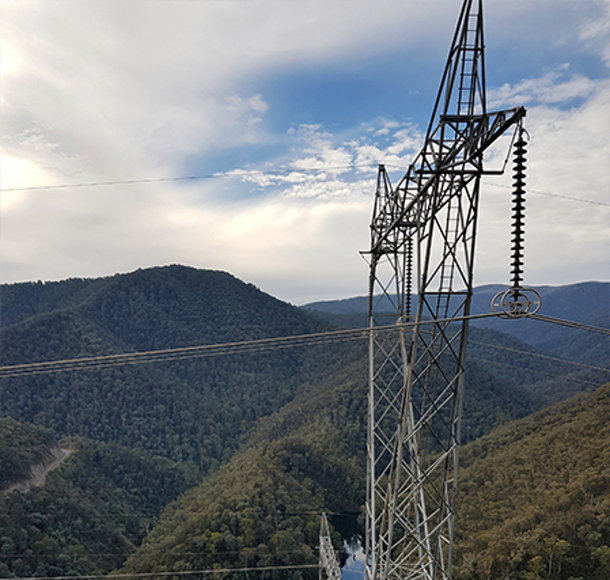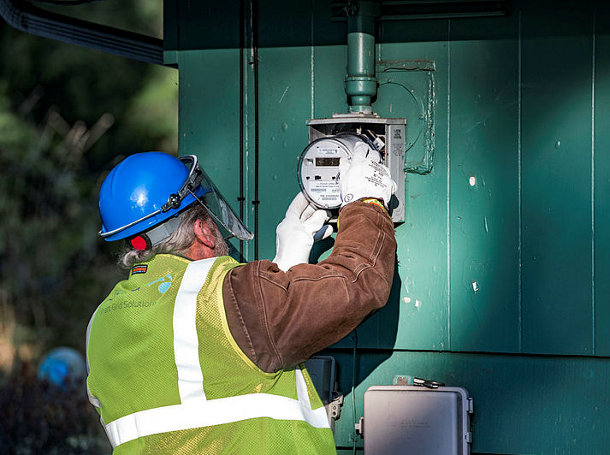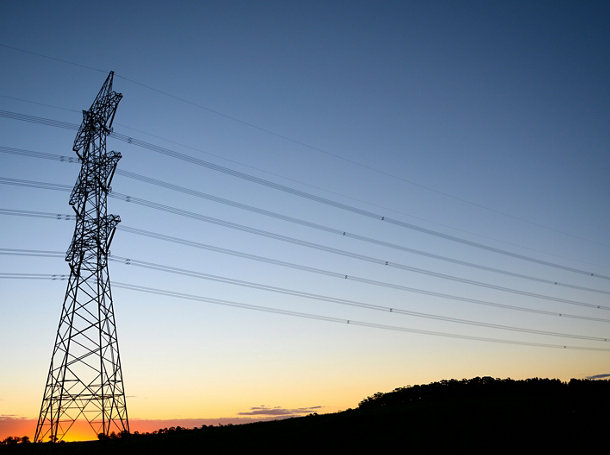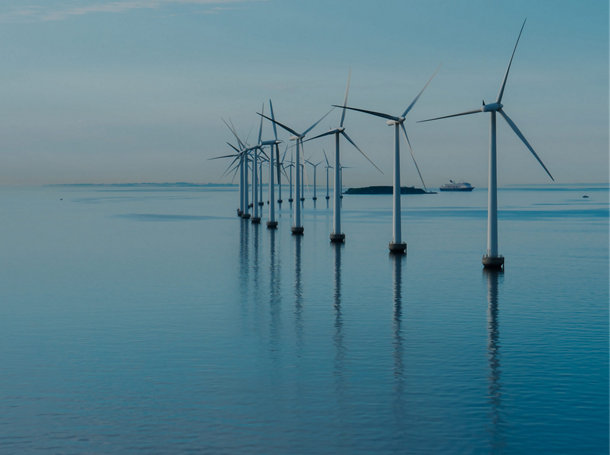Investing for the grid of tomorrow
Today’s aging grid needs strategic investment and careful stewardship. Watch this video to learn how we’re modernizing the grid.
Investing in electric grids to accelerate the energy transition

Today’s aging grid needs strategic investment and careful stewardship. Watch this video to learn how we’re modernizing the grid.
When ranking the most important engineering achievements of the 20th century, the U.S. National Academy of Engineering put electrification in the top spot.
A modernized electric grid could be even more important to the 21st century, by helping to expand clean energy in almost every sphere of human life. To do that, it needs strategic investment and careful stewardship.
Together with our portfolio companies, we’re working to climate proof the grid, make the grid smarter, empower the end user and engage with communities.
49
of final energy consumption by 2050 from
19
now
Demand rose 6% in 2021 as the global economy expanded and extreme weather drove up consumption of heating and cooling, the International Energy Agency says. It expects electricity demand to outpace overall energy consumption over the next quarter-century. To satisfy that growing demand, the world will need to produce, transmit and distribute more electricity than it does now.
The pace of electrification will depend on millions of individual choices by households and businesses with regards to transportation, heating and cooling solutions, and appliances. Those choices will be influenced by many factors, including the relative cost of various options, the presence of supporting infrastructure, and even geopolitical developments. Government will play a key role in driving change, by supporting innovation and using incentives to shape behaviour.
Almost two-thirds of the world’s electricity is generated from fossil fuels. That share will drop as renewable power generation expands, but the near-term challenge is significant. In 2021, electricity demand grew faster than renewables, driving up generation from fossil fuels and with it, emissions. The IEA says emissions from electricity must fall 55% in this decade if the world is to reach net zero by 2050.
In many countries—including the world’s most advanced economies—aging grids are not yet ready for the expected surge in demand. Nor were they designed for a future mainly powered by renewables. The price tag for modernization is steep: Europe alone will need €375-425 billion of investments this decade, says Eurelectric, an industry group. The capital required to modernize and expand U.S. electricity infrastructure could top US$1 trillion by 2050, according to management consultant Oliver Wyman.
Billion USD 2020

From IEA’s Net Zero Emissions by 2050 Scenario. “Digital” includes hardware and software-based assets, such as smart meters, smart grid infrastructure, EV smart chargers and other technologies. “Non-digital” includes traditional non-digitalized lines, equipment and infrastructure
(SOURCE: IEA November 2021 Smart Grids Report)
Many grids were designed to withstand weather patterns that dominated in past years or even decades.
In the future, they will need to resist the destructive winds and higher storm surges that more frequent hurricanes will bring, or the heavier snowfall that—counterintuitively—comes with a warming climate.

Finland’s largest electricity distributor, Caruna, has a bold plan to bury much of its network to protect it against future extreme weather. With more lines underground, Caruna expects to experience fewer, and shorter, power outages. That will benefit its customers and keep repair costs down.
To manage the complexity that comes with more weather-dependent energy sources, the grid will have to be smarter. This transformation is already happening, thanks to a range of new digital communication and monitoring technologies.
A chief characteristic of the smart grid is the deployment of smart meters. They allow for two-way communication between grid operators and their customers, leveraging the resulting data to optimize power delivery and consumption. Smart meters also enable real-time pricing, motivating the customer to participate in the optimization process.

Puget Sound Energy (PSE) is deploying smart metering technology that will help Washington State meet its decarbonization goals. PSE's smart meters give customers the data they need to effectively manage their energy consumption.
Electric grids are evolving in a manner that will enable end users—household, businesses, communities—to be more active participants in accelerating the energy transition. Take the proliferation of cheaper rooftop solar panels, which gives households the ability to both consume and produce power.
Adapting the grid to make optimal use of energy coming from multiple, distributed sources will require significant changes in how the network is managed.

SA Power Networks is re-envisioning its operating model to respond to Australians' embrace of rooftop solar. In addition to building and repairing substations, poles and wires, it's looking at a future in which it will manage the secure and efficient multi-dimensional exchange of electricity across its whole system.
With growing recognition of the urgency of tackling climate change, there is plenty of support for the changes required to modernize and green the grid. But that doesn’t mean companies haven’t encountered opposition to utility-scale wind and solar farms, or the transmission and distribution lines that will deliver renewable power to end users. Some residents don’t want offshore wind connection cables on their beaches, or transmission lines marring their country views. NIMBYism is a concern for those who invest in modern grids.
Engagement goes well beyond addressing NIMBYism. Grid operators must consider stakeholders’ legitimate concerns about the impact of new power and grid operations on the environment and on local communities, including rural and Indigenous people.

Anbaric is working to develop shared, open-access transmission systems to bring offshore wind energy to key markets. It works with communities to build support for its planned approach, which not only keeps project costs down but also minimizes impacts on coastal communities and marine life.